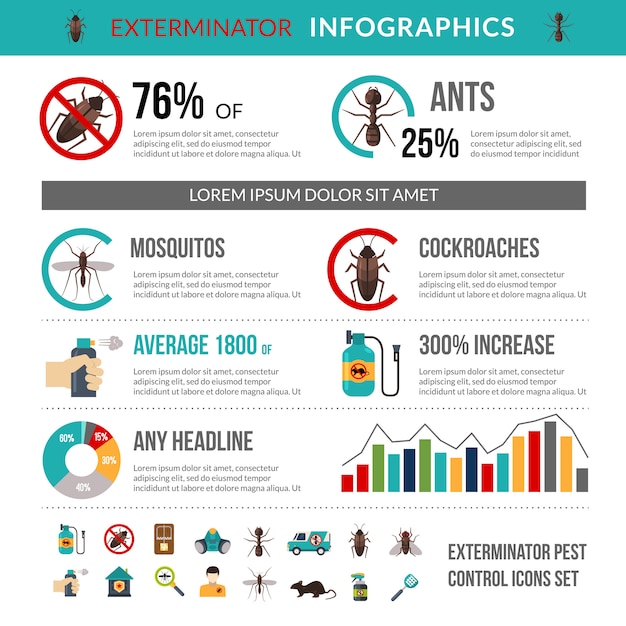Take Advantage Of The Power Of Recognizing Rodent Nesting Habits To Outsmart These Animals And Understand Your Rodent Control Methods
Take Advantage Of The Power Of Recognizing Rodent Nesting Habits To Outsmart These Animals And Understand Your Rodent Control Methods
Blog Article
Created By-Broussard Avery
When it comes to rodent control, understanding typical rodent actions is vital to successfully taking care of invasions. Did you know that rats have some interesting nesting practices that might stun you? By exploring their detailed actions, you can get useful understandings right into exactly how to deal with rodent issues in a much more critical and effective fashion. So, let's untangle the secrets behind these creatures' actions and learn exactly how to outmaneuver them in your rodent control efforts.
Rat Nesting Habits
When observing rats in their natural habitat, you'll discover that they proactively choose products to create their nests. related web-site , such as mice and rats, are clever animals that use a selection of things like branches, leaves, paper, and fabric to develop their homes. They're precise in their nest-building procedure, typically lining their nests with softer products like hair or plumes to develop a comfy atmosphere.
Rats choose to build their nests in covert and secure places to safeguard themselves and their young from predators. Typical nesting spots consist of wall dental caries, attics, basements, and even within insulation materials. By building their nests in these secluded areas, rats can securely raise their spawn far from possible risks.
It is vital to understand the nesting routines of rodents when applying control actions. By interrupting their nests or getting rid of products, you can dissuade rats from establishing an existence in your house or home. Correct sanitation and sealing entry points are additionally critical action in protecting against rodent infestations.
Rodent Feeding Patterns
After observing rodents' nesting practices, it ends up being evident that their feeding patterns play an essential duty in their daily lives and habits. flea and tick guard , including computer mice and rats, are opportunistic feeders, suggesting they'll eat whatever food source is conveniently offered. They're mainly nighttime creatures, choosing to forage for food throughout the cover of evening to stay clear of killers.
Rodents have a varied diet plan, varying from grains, seeds, fruits, and veggies to insects, nuts, and even small pets. This adaptability in their food selections allows them to thrive in different environments, consisting of metropolitan locations where human food sources are plentiful.
Their feeding patterns aren't just driven by hunger but also by the requirement to stockpile food for times of deficiency. This habits is particularly recognizable to prepare for winter season or when nesting. Rodents are recognized to hoard food in their nests or burrows, making certain a constant food supply. Understanding their feeding patterns is crucial in executing reliable rodent control measures to disrupt their food resources and protect against infestations.
Rat Movement and Travel
Rats navigate their surroundings with dexterity and stealth, using their eager senses to relocate promptly through their environments. These creatures are adept mountain climbers, able to scale walls and upright surface areas easily. They can likewise squeeze via remarkably little openings, making it essential to seal off any kind of potential entrance points in your home.
When it pertains to taking a trip, rodents often tend to comply with familiar courses, producing trails along wall surfaces or skirting the edges of spaces. They're creatures of habit, commonly adhering to these established paths as they forage for food or discover their environments.
Rodents are understood for their nocturnal practices, so you may hear them scooting about in the evening as they search for food and water. Their activities fast and erratic, permitting them to dart in and out of sight in the blink of an eye.
Comprehending how rats relocate and take a trip can aid you recognize possible invasion areas in your home and take positive steps to prevent these parasites from obtaining a footing.
Final thought
As you work to regulate rodents in your home, remember that understanding their actions is essential. By acknowledging their nesting practices, feeding patterns, and activity, you can properly stop problems.
Coincidentally, by taking proactive measures to remove food resources and seal off entrance factors, you can disrupt their acquainted courses and compel them to seek new areas, eventually decreasing the possibility of rodent visibility in your home.
